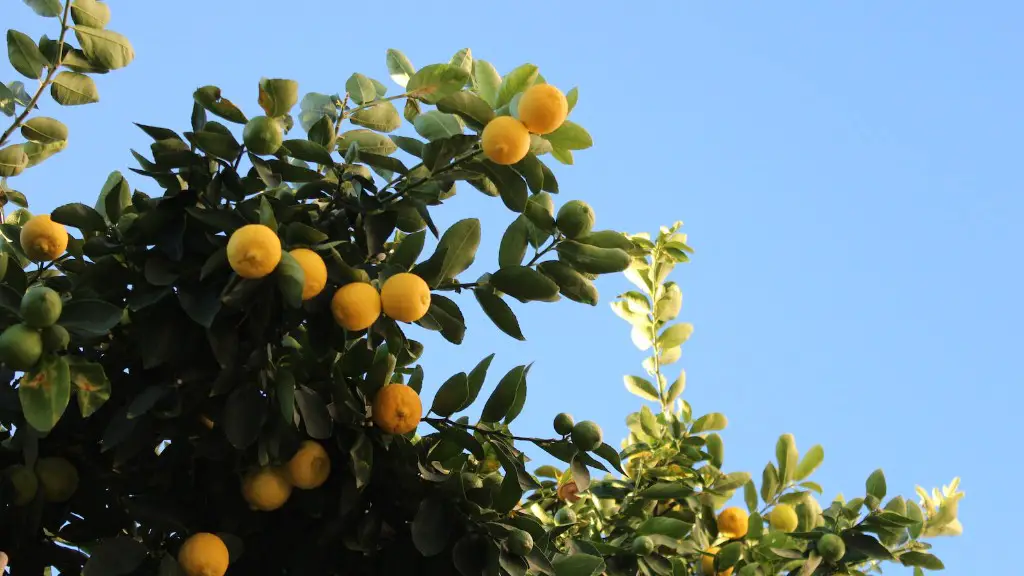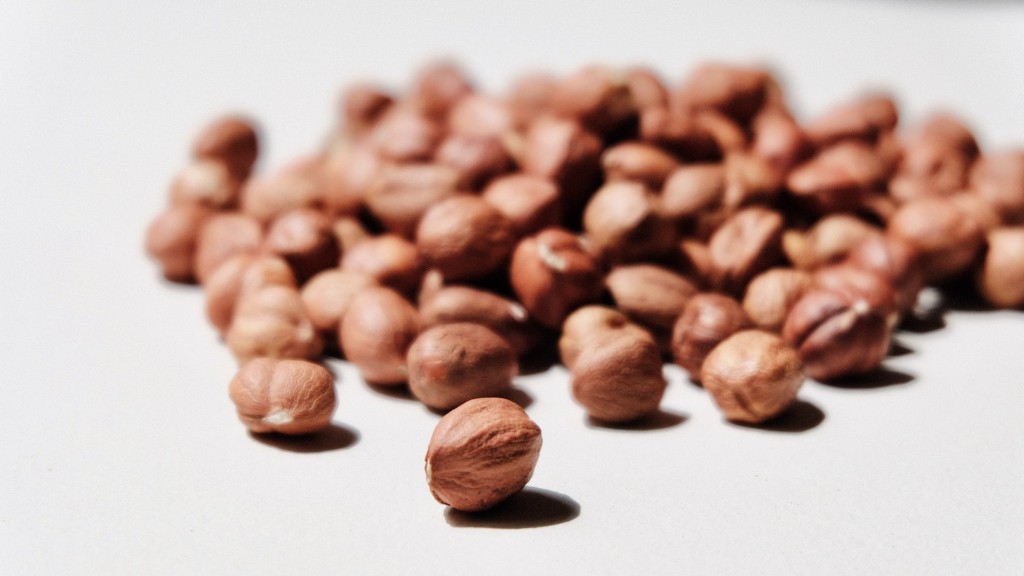Planting a lemon tree in a large pot is a great option if you’re looking to enjoy delicious, homegrown lemons. It’s not difficult if you know how to do it correctly, helping you cultivate a vibrant, healthy tree. There’s a few things to consider before planting, such as how much space the pot has and what type of soil you’ll use.
Choose a pot that’s 18″ or wider in diameter. This will provide the root system with enough space to spread out. If you’re using a smaller pot, you’ll need to change it out often, as the tree matures. A sturdy material is best, like terracotta or clay, which retains moisture and won’t corrode.
You’ll also need to ensure the pot drains well. Make sure it has multiple drainage holes in the bottom for excess water to escape, otherwise the roots may rot. If necessary, you can line the pot with large rocks at the bottom for additional drainage.
Fill the pot with quality soil that contains soil, compost and perlite, creating a good environment for the roots. If the soil feeling too dry, you can add some sand or a soil-based rooting hormone to help the tree thrive. Place the root ball near the center of the pot and fill with soil, tamping down and as you go.
Water the soil slowly and deeply until water runs out the drainage holes. Keep the soil damp, but not soggy. If placed outdoors, the tree should receive at least 6 hours of direct sunlight per day. You’ll need to water the lemon tree 2-3 times a week, a few hours after the sun has set and without saturating the soil. Depending on the variety, the tree will bear fruit after 1-3 years.
Unsuitable Pot Sizes
Using a pot that’s not large enough is a common mistake when planting a lemon tree. A pot that’s too small will limit the root system, leading to a stunted lemon tree. The pot should also be fairly deep, allowing you to use more soil and promoting better development. Additionally, avoid an overly large pot, as the soil can become overly saturated with water, leading to root rot.
Fertilization
Fertilizing a lemon tree regularly is important to ensure it gets the nutrients it needs to remain healthy. Use a fertilizer that’s low in nitrogen and high in phosphorus, such as a citrus fertilizer, following the instructions on the packaging. Additionally, cut away any dead, brown or yellow leaves to prevent spread of disease and promote good ventilation.
Pruning Lemon Tree
Pruning is an essential part of lemmon tree care. Cut away any dead branches, crossing branches and any branches that are detracting from the shape of the tree. This will also encourage new fruit-bearing branches to form. Once the tree reaches 3-4 years old, it’s best to prune once or twice a year to promote new growth and harvest, and use pruning sheers to properly remove any overgrowth, or keep a steady shape and form.
Managing Insects and Insects
Insects can wreak havoc on lemon trees, stealing vital nutrients and spreading disease. If you notice pests, such as aphids or mealybugs, you’ll need to take action. This can be done with an insecticidal soap, applying it directly to the affected areas. If you have a more severe infestation, you may need to use a systemic insecticide and apply at least once a month in order to keep pests from returning.
Harvesting Lemons
When harvesting lemons, it’s important to choose the right time. If you pick them when they’re still green, they may remain sour as they ripen. If you wait too long, the lemon could dry out and not be as juicy. Check the color of the lemons and pick when they turn yellow, but aren’t completely ripe. You’ll be able to tell by running your fingers over the surface to determine if it’s still a bit firm.


